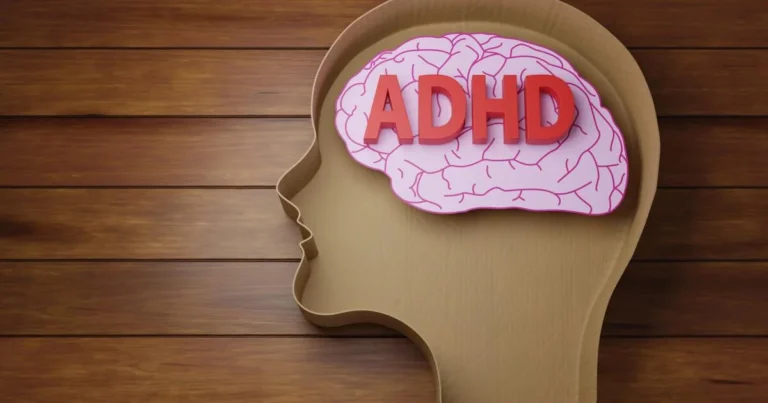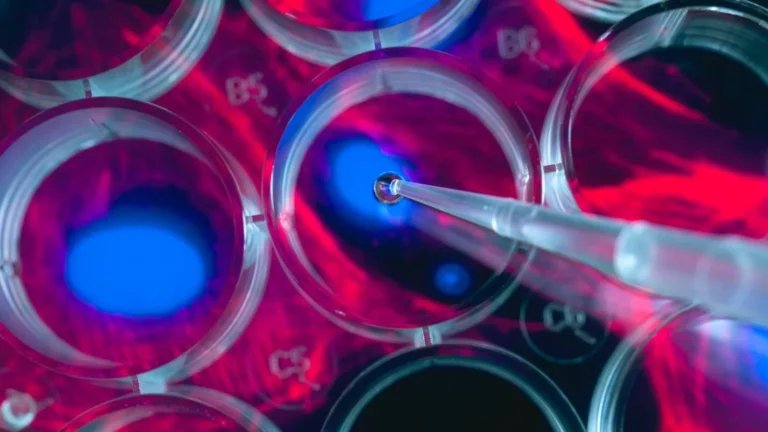You brush, you spit, you turn on the tap. For generations, rinsing after brushing has felt as automatic as tying your shoes. Yet a growing body of guidance says the tiniest change at the sink could leave more cavity-fighting power on your teeth.
The debate seems simple, but it taps into bigger questions about how fluoride works, how evidence is measured, and how new ingredients are reshaping oral care. Here is what science and public health authorities actually say, and how to make sense of it in your own routine.
Why rinsing matters to fluoride
Fluoride strengthens tooth enamel by helping rebuild mineral crystals that acids erode. After you brush with a fluoridated toothpaste, a small film of fluoride-rich paste clings to your teeth and mixes with saliva. Rinsing with water washes much of that away, which is why some dentists advise spitting out excess foam instead of rinsing immediately.
This is more than theory. Studies that measure fluoride in saliva and plaque show higher fluoride levels when people do not rinse right away. The idea is simple: the longer fluoride sits where decay starts, the more time it has to help remineralize weakened enamel.
“After brushing, spit out any excess toothpaste. Do not rinse your mouth after brushing as it will wash away the concentrated fluoride in the remaining toothpaste.”
— NHS oral health guidance
That message captures the mechanism, but mechanisms do not always translate cleanly into long-term results. Which brings us to what clinical studies have found.
What clinical studies show, and where evidence is mixed
In controlled settings, not rinsing keeps more fluoride in the mouth, which should help. Yet clinical outcomes, like whether people actually get fewer cavities, are harder to pin down. A three-year randomized study in Kaunas, Lithuania followed 407 schoolchildren, all using 1,500-ppm fluoride toothpaste under supervision. One group rinsed thoroughly with water after brushing, another group spat once without rinsing. Both groups developed far fewer caries than a control school that did not brush daily, but there was no significant difference between the rinse and no-rinse groups over the three years.
The takeaway is nuanced. Short-term fluoride retention favors not rinsing. Over several years, at least in that study, the difference in cavities was not statistically significant. The study also could not blind participants, and habits outside school, diet, and varying compliance complicate clean comparisons. In other words, do not expect a miracle from one change, but do recognize that leaving a little fluoride behind is a reasonable way to tilt the odds in your favor.
Where mouthwash, timing, and tap water fit in
Adding mouthwash to the routine can blur the lines. If you immediately rinse away toothpaste with a non-fluoride mouthwash, you may undo the strengthening effect you just created. Many dentists suggest using a fluoride mouthrinse at a different time of day from brushing, or after brushing while avoiding a water rinse afterward. Labels commonly advise not eating or drinking for about 30 minutes to let ingredients work.
Local water supply matters too. In communities with optimally fluoridated water, your baseline exposure to fluoride is higher, which supports enamel all day. That does not replace brushing with fluoride toothpaste, but it helps explain why the marginal gains from not rinsing may vary by person and place.
A new player: nano-hydroxyapatite
While fluoride remains the cornerstone of cavity prevention, another ingredient has gained traction in recent years: nano-hydroxyapatite, a synthetic form of the mineral that makes up tooth enamel. It aims to bind to microscopic defects, helping the tooth surface remineralize and feel less sensitive.
“Based on the data provided, the SCCS considers hydroxyapatite (nano) safe when used at concentrations up to 29.5% in toothpaste, and up to 10% in mouthwash.”
— Scientific Committee on Consumer Safety, European Commission, 2025
The SCCS safety opinion applies to specific, rod-shaped nano-hydroxyapatite with defined size limits, and it notes that particles unintentionally swallowed dissolve rapidly in stomach fluid. Safety does not equal superiority, but it means consumers now have credible, regulated options for remineralization beyond fluoride alone. Some people with dry mouth or sensitivity report benefits with nano-hydroxyapatite, though high-quality, head-to-head trials on cavity prevention across many years remain limited compared to fluoride’s evidence base.
Practical takeaways you can use tonight
- Brush twice daily for two minutes with a soft brush and a fluoride toothpaste. Angle bristles at the gumline, use gentle circles, and cover every surface.
- Spit out excess foam when you are done. If you want to maximize fluoride contact, avoid an immediate water rinse. If you prefer to rinse, consider a fluoride mouthwash and skip the water rinse afterward.
- Time matters. After brushing or using a fluoride rinse, try not to eat or drink for about 30 minutes to give active ingredients time to work.
- Mind your mouthwash. If your rinse does not contain fluoride, use it at a different time than brushing so you do not wash away toothpaste benefits.
- For children, use a smear of toothpaste up to age 3 and a pea-sized amount from 3 to 6, supervise brushing, and teach spitting. Avoid swallowing toothpaste.
- If your dentist prescribes a high-fluoride toothpaste, follow the exact instructions on the label, which often advise adults to spit without rinsing.
- Dry mouth changes the calculus. With less saliva, remineralization is harder. Ask your dentist about additional fluoride, saliva substitutes, or whether nano-hydroxyapatite could help.
- Consistency beats perfection. Brushing technique, diet, and routine dental visits matter as much as anything you do at the sink.
The bottom line
Rinsing after brushing is a habit, not a law. Mechanistic science supports spitting and letting fluoride linger, and public health guidance in some countries says as much. Longer-term studies suggest the real-world difference may be modest for many people, especially when diet and daily habits vary.
So choose the version you will actually stick with. If you want a simple nudge toward stronger enamel, spit and skip the quick rinse. If you love the fresh finish of a rinse, use a fluoride mouthwash and give it time to work. Either way, a small, steady routine pays off more than any single trick, one quiet brush at a time.







